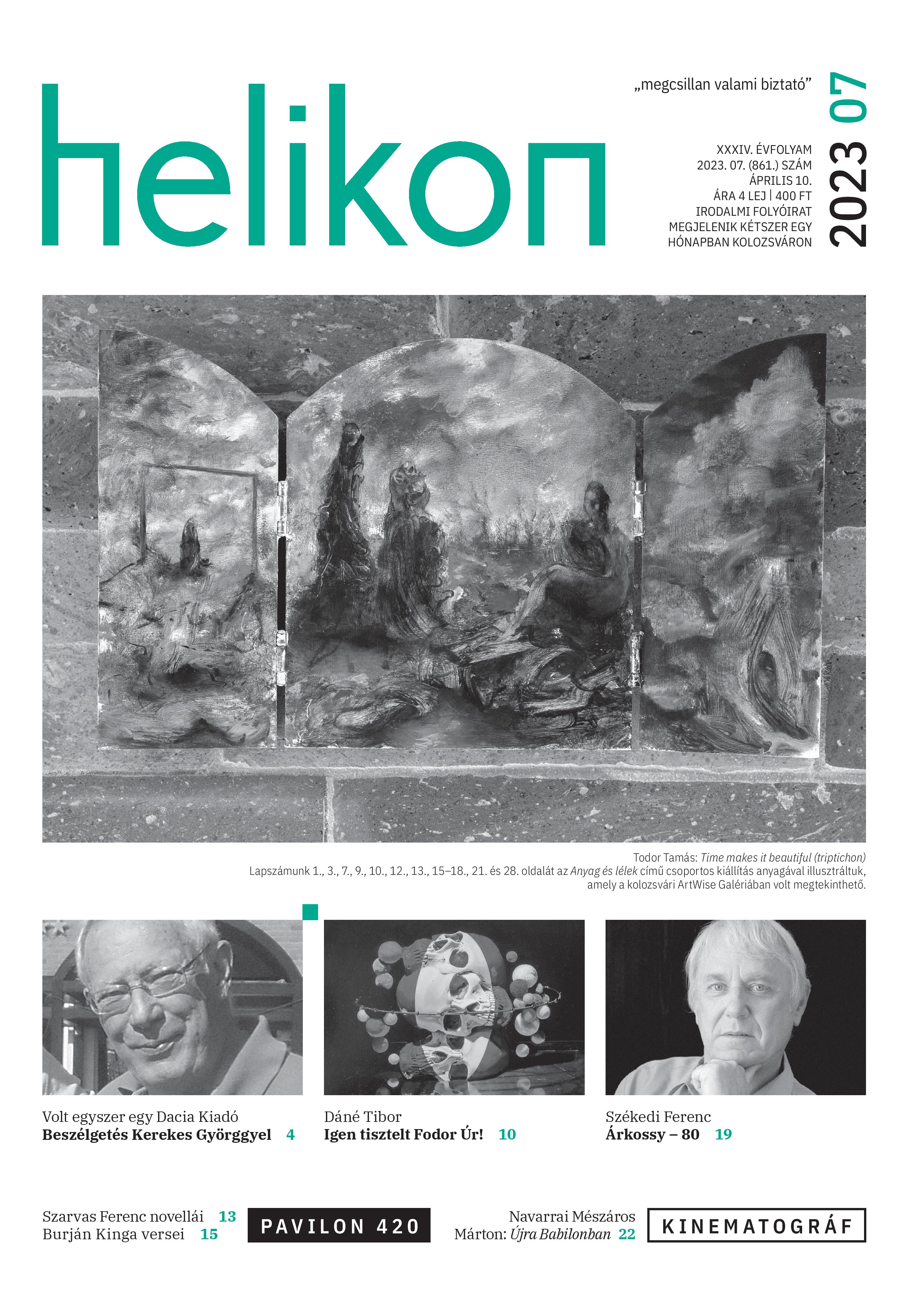
We kindly inform you that, as long as the subject affiliation of our 300.000+ articles is in progress, you might get unsufficient or no results on your third level or second level search. In this case, please broaden your search criteria.

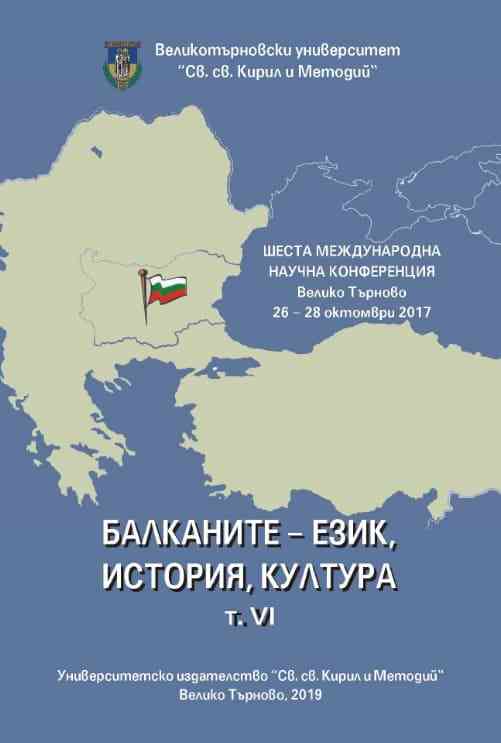
This text is an attempt to read Mircea Cartarescu’s prose as a systematic reproduction of archaic ritual-mythological practices, plots and characters: the walling up of shadows, rainmaking rituals, cosmogonic and eschatological reconstructions, crossing real and imagined labyrinths, levitation, all kinds of initiatic passages, the myth of twins, the myth of the androgyny etc.
More...
Research in this paper is focused on identifying and analizing the ideological aspects of reception of the two recognized Serbian writers (Njegoš, the most famous Serbian poet of 19th century; and Ivo Andrić, the Nobel prize winner) in late 20th and early 21st century slavic and historical research. It is shown that a considerable number of foreign academic reviews of Serbian literature subjected it to exclusively political contextualization and interpretation, misinterpreted it as nationalistic and orientalistic, and finally – in many examples the reason for including it in the sphere of academic interest was completely outside the domain of literature.
More...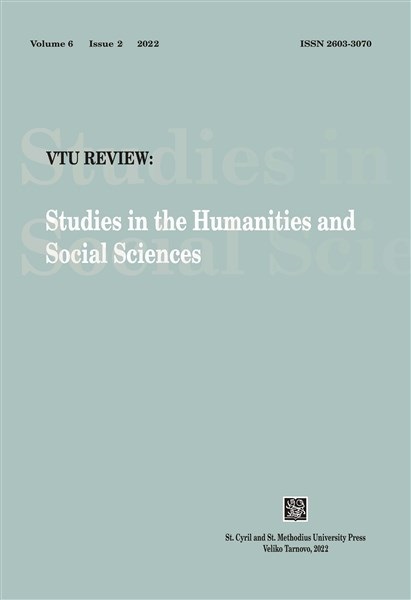
Joseph Conrad, a writer of Polish origin, who wrote in English, could be seen as a precursor of today’s transnational writers. It seems that few, if any, other writers of the late Victorian and early Edwardian periods had Conrad’s open-minded view of other cultures. The variety of nationalities represented in his novels and short stories reflects his thorough immersion in the cultures that he encountered during his travels and proves that his imagination was not limited by imaginary notions of geographical boundaries. The present article focuses on the Malay trilogy where none of the characters seems to be complete or sufficiently able to express themselves. Self-identification is achieved dialogically in their interactions with each other, but also in the ways in which they relate to their own complex selves. In this process, Conrad deliberately reverses and/or deforms certain categories of self-definition.
More...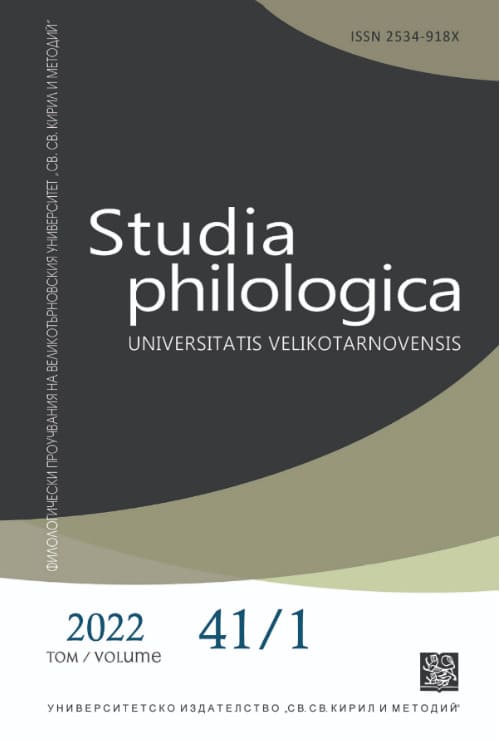
The article studies the character and the plot function of Porfiry Petrovich, one of the basic characters in F. Dostoevsky’s novel Crime and Punishment. The study aims to prove that he can be seen as the protagonist Rodion Romanovich Raskolnikov’s double in worldview only in the context of the Napoleonic idea. A detailed hermeneutic analysis of the three encounters between the two characters reveals that under the guise of the Law Porfiry Petrovich has adopted and employed this idea in its ontological purity as the will to exercise power over the rest. The outlined proximity supports the hypothesis that Porfiry Petrovich has a biography, symbolically speaking. It enters discourse imperceptibly as shared by Raskolnokov in terms of the biography of the idea, its birth, and how it is experienced by both men
More...
The present text aims to focus on a curious episodic presence of Dostoevsky in Nabokov’s final Russian novel, 𝑇ℎ𝑒 𝐺𝑖𝑓𝑡 (1938). In this novel, in a few sentences, three Russian writers of the 19th century – Dostoevsky, Chernyshevsky and Nekrasov – are brought together and portrayed in an ironic light against the background of the famous May fires of 1862 in Saint Petersburg.
More...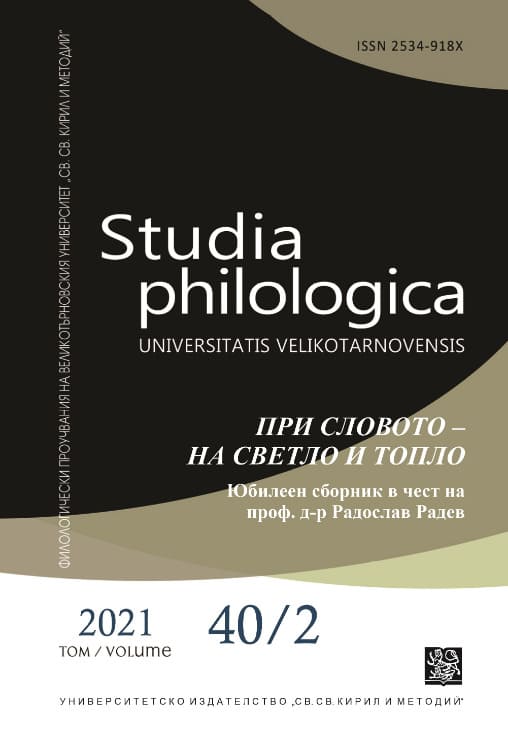
The article is dedicated to the prose works of two contemporary Bulgarian Bessarabian authors. The first part of the paper presents biographical and thematic details about the authors, and the second part considers their common fiction books.
More...
Parable of the White Duck from the collection Peyzazh s Kuche (Landscape with Dog). It is considered an ironic allegory of the past (before and after 1990). References are made to the texts of Yordan Yovkov, Emiliyan Stanev, Yordan Radichkov, Nikolay Haytov, etc. The introduction of Odata na radostta (Ode to Joy) as a main marker in an attempt to entice the duck to be happy is interpreted in two ways: as a negation of the time of totalitarianism on the one hand, marked by restrictions and domestication of wild rabbits, and, on the other hand, as a sarcastic allusion to the new time of freedom, reproducing a snobbish way of thinking, of complete union with the golden calf, a time of desecrated moral values, the change of elites and the naive illusion for change.
More...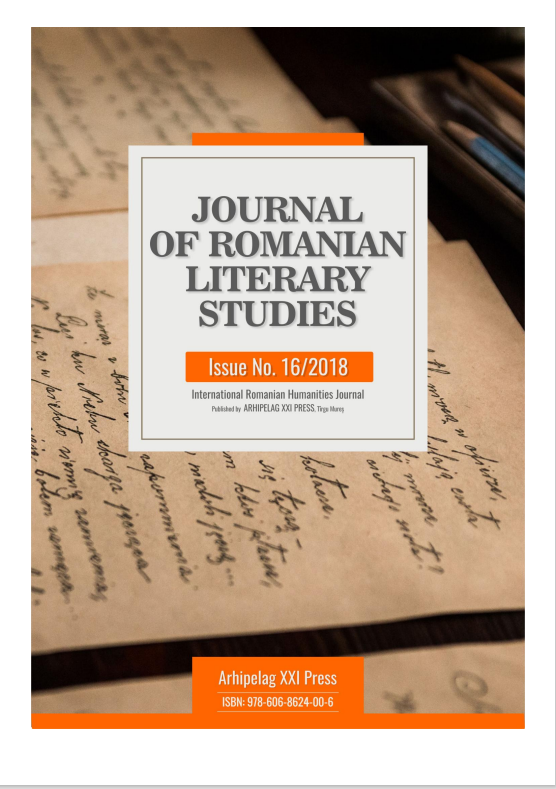
Gabriela Adameşteanu is today one of the canonical writers of post-war Romanian literature, and her most famous novel, Wasted Morning, enjoys the most critical appreciation and benefits from most translations in other languages. This article analyzes the "epopee" of Vica Delcă, the most picturesque character of the narrative polyphony. With the outrageous and rough speech of a simple woman in the slum, and with her practical and economical spirit, ridiculously dressed as and hunchbacked, Vica is the image of the survivor in difficult historical times, the symbolic image of the ordinary Romanian who went through two wars and hardly goes over communism.
More...
Wasted Morning by Gabriela Adameşteanu is today a canonical novel of the post-war Romanian literature. It enjoys a wide (positive) critical reception and counts over ten translations in foreign languages. This article analyzes the identity discourse in the family micro-novel, embedded in the narrative ensemble of Wasted Morning. The author of this discourse with critical accents is the university professor Stefan Mironescu, a counterpointed character of Vica Delcă, a serious, anti-Caragialean spirit, that denounces the continuously self-dissolving derision of the Romanian people, and sees in the donquijotal idealism a solution for national progress.
More...
Beyond their entertaining role, the quests narrated by fairy tales, which take their readers/ spectators on the peaks of fantasy, also hide striking secrets unveiled by the interpretation of symbols (especially since fairy tales carry cultural and social values and have always served as education tools). The Walt Disney Company has transformed well-known fairy tales, such as Cinderella, Sleeping Beauty, Beauty and the Beast into successful animated movies, initially spreading patriarchal values that taught women about their proper social role and duties. Across time, Disney’s perspective has gradually changed, due to the evolution of social mentalities and taboos, bringing important changes particularly from a feminist perspective. This paper approaches several female characters, analyzing their evolution from passive child-like women, with a gender-based lifestyle (Cinderella and Aurora in Disney’s animated movies) into more emancipated and audacious women, whose actions lead to decisive plot twists (Cinderella in the movie Cinderella (2015) and Aurora in Maleficent (2014); Belle in the animated movie Beauty and the Beast (1991) and in the movie with the same name released in 2017). Special attention is also paid to the evolution of Maleficent, the negative female character from Sleeping Beauty, whose Disney representation is changed radically in Maleficent.
More...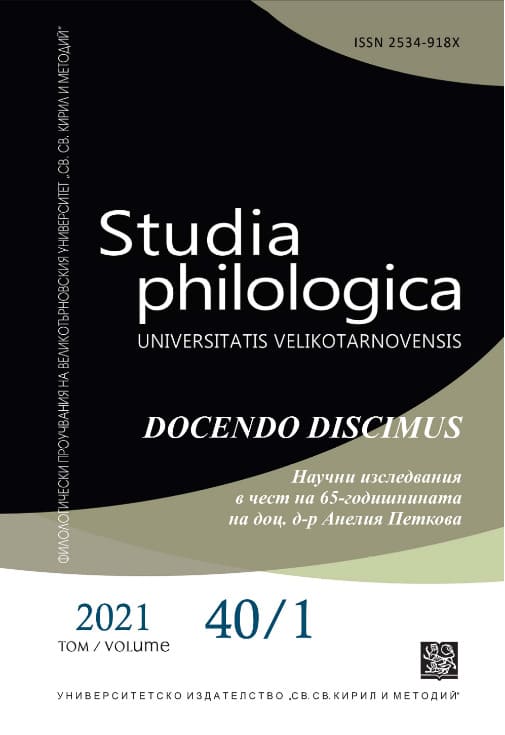
99 emerald rosaries; a novel that stands out for its language with personal and impersonal references; a novel that creates from universal themes, harmonious with the life of the author, the people around him, with the real culture of Kosovar natives; is built by different types of characters, making them dynamic. The protagonist of novels is also the author and the people who tend to interact with him by connecting the texts with each other to create a whole story full of emotions. The author of the novel, Zejnullah Rrahmani, in the Albanian literature is known as an author who writes prose, short stories and novels; he deals with grand national topics, but also those overpass its boundaries by writing about life cycles, individual efforts towards a specific goal, love, coping with difficult situations, but also discovering the world around; from birthplace /village, to the city and new horizons, that are known as universal themes.
More...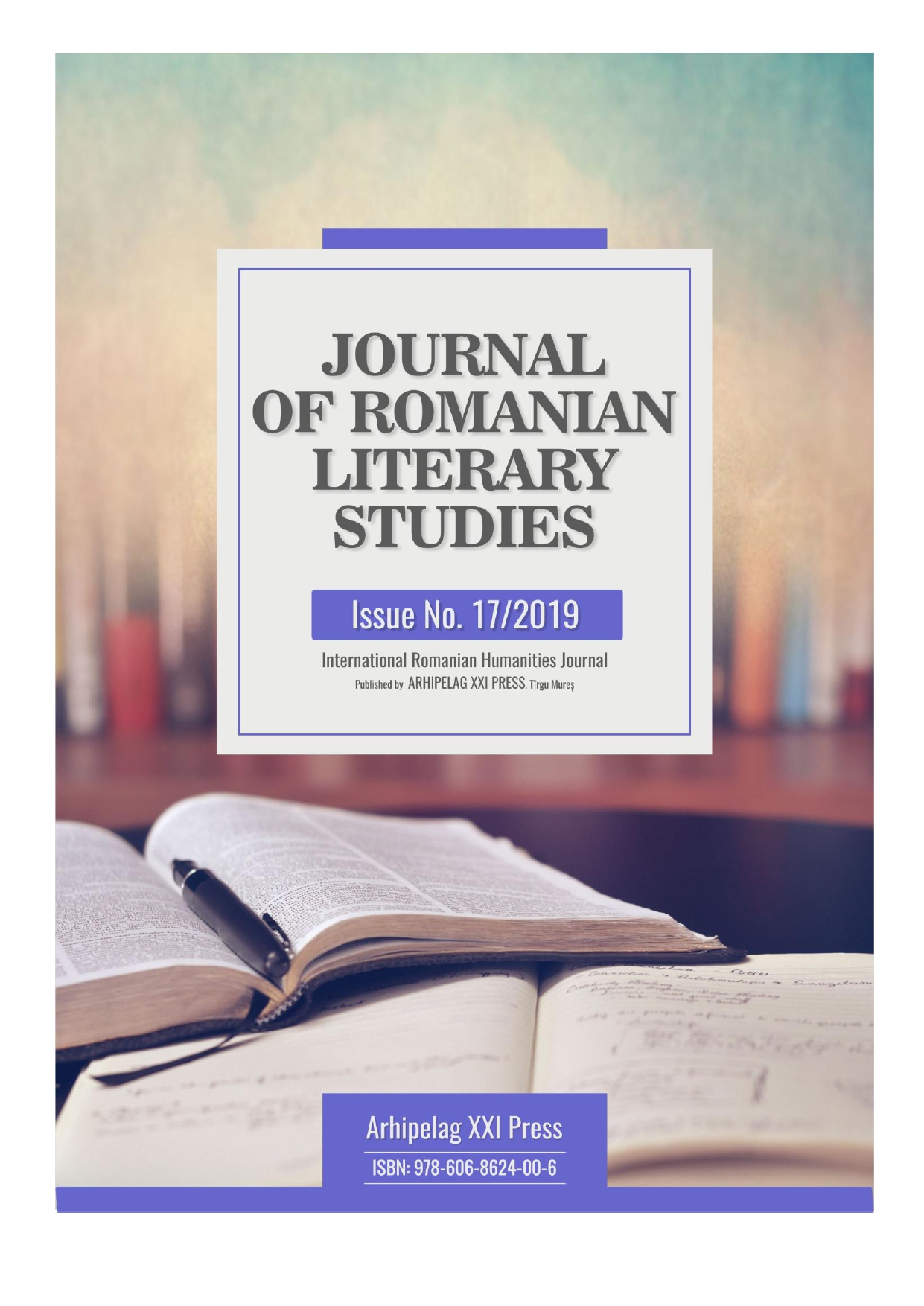
Michel Lobrot defines the reading process as "intellectual structuring work, affective involvement, a desire to communicate." Reading is a very complex act. Her motivations can be distinguished according to the social class, age, the physical state of the reader and the events that have taken place throughout his life. The reading process adapts to the intended purpose (for relaxation, for information), to the nature of the text (poetry, historical novel, art album) and circumstances (tiredness or vigilance, noisy or solitary environment). There are, therefore, countless ways to read: objective (recovering as much information as possible) or projective (restructuring information according to your interests or desiderata), eferent (attention focuses on living itself), linear (by going through the text step by-step, as it develops), exploratory (in a superficial way, in order to get a general idea of the content) or selectively (avoiding redundant or uninteresting material for the reader). Reading a specific text or another may influence destinies, change the perception of a person, overturn a situation that seemed stable. The text of the paper is populated with passages describing the effects of reading on characters from the novels: "Solenoid" by Mircea Cărtărescu, "Maitreyi" by Mircea Eliade, "Love at the time of cholera" and "General in his labyrinth" by Gabriel Garcia Marquez.
More...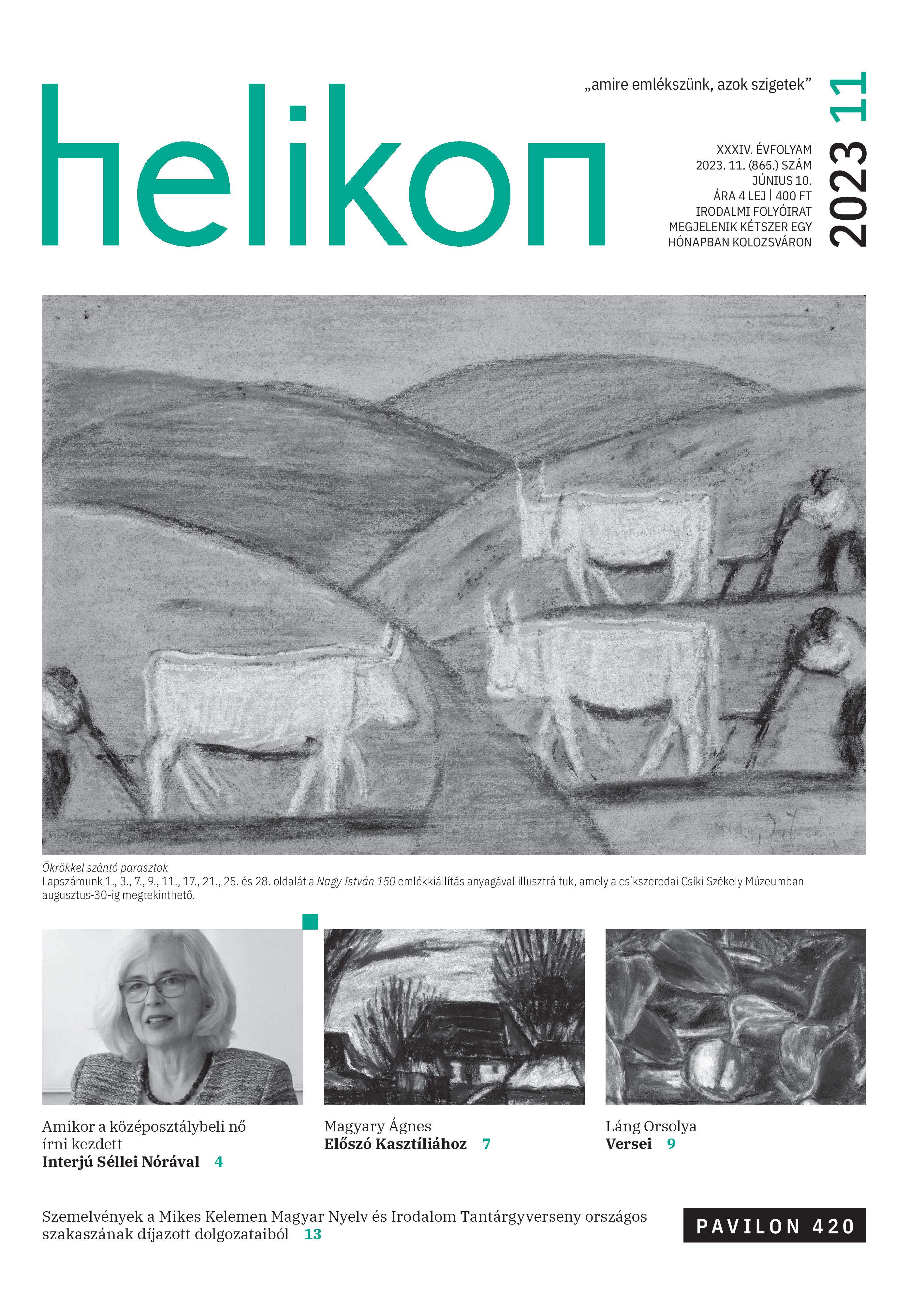
Interview with Literary Historian and Translator Nóra Séllei by Júlia Vallasek.
More...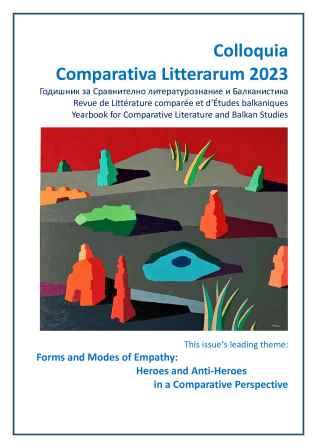
The essay analyses, in the novels Madame Chrysanthème (1887) by Pierre Loti and La Condition humaine (1933) by André Malraux, the strategies of representation and comprehension of cultural Alterity from these French writers, and their effects on the register of the text. In particular, the ironic mode will be distinguished from the tragic mode. In this sense, the difference between the auto-diegetic statute of Lotian narrator, and the polyphony of characters who animate Malraux’s novel has also been underlined.
More...
It is significant how the concept of Carlyle’s “heroic clear visuality” was challenged by late 19th-century Black Americans. Nicholas Mirzoeff points out two cases: Sojourner Truth’s tactic, “inverse visuality”, and W.E.B. Du Bois’ “veiled visuality”. My paper examines divergent art works or projects exhibited in 2021-22 to track how a shift from “heroic clear visuality” is present in new visual narratives which demand new ways of “looking”. In my view, new works are radical in their claim for a special form of opacity (Glissant): on the one hand, they recommend a more emphatic counter-visual narrative by Indigenous groups (the former anti-heroes). On the other hand, they demand a mode of bodily seeing – or rather sensing – with the represented (of new non-human heroes). (Haraway).
More...
For almost two hundred years, the critical narrative presenting Edgar A. Poe’s use and misuse of alcohol has oscillated between two poles. On the one hand, mainly in the United States, his enemies, while he was still alive and soon after his death presented him as an alcoholic and a man of great talent, yet someone who deserved moral rebuke. On the other hand, Poe’s American admirers and his European modernist followers interpreted Poe’s relation with alcohol positively in two aspects. First, Poe’s drinking was a temporary escape from his miserable life in the American milieu of utilitarian and moralistic attitudes toward art. And, second, Poe was seen as a romantic and modernist artist finding in alcohol a path transcending reality and leading to the domain of pure art. The article studies the formation of the dual narrative of Poe’s drunkenness/intoxication in the United States and modernist France (and to a much lesser extent in Bulgaria and Russia). The study also sheds some light on Bulgarian criticism in both its popular and commercial version, as well as in its high modernist period presented by Bulgaria’s leading modernist and avant-garde artist Geo Milev (1895-1925). Bulgarian critics, when discussing Poe and alcohol, repeat in an impoverished fashion well-established American and European aspects of the narrative of Poe and alcohol.
More...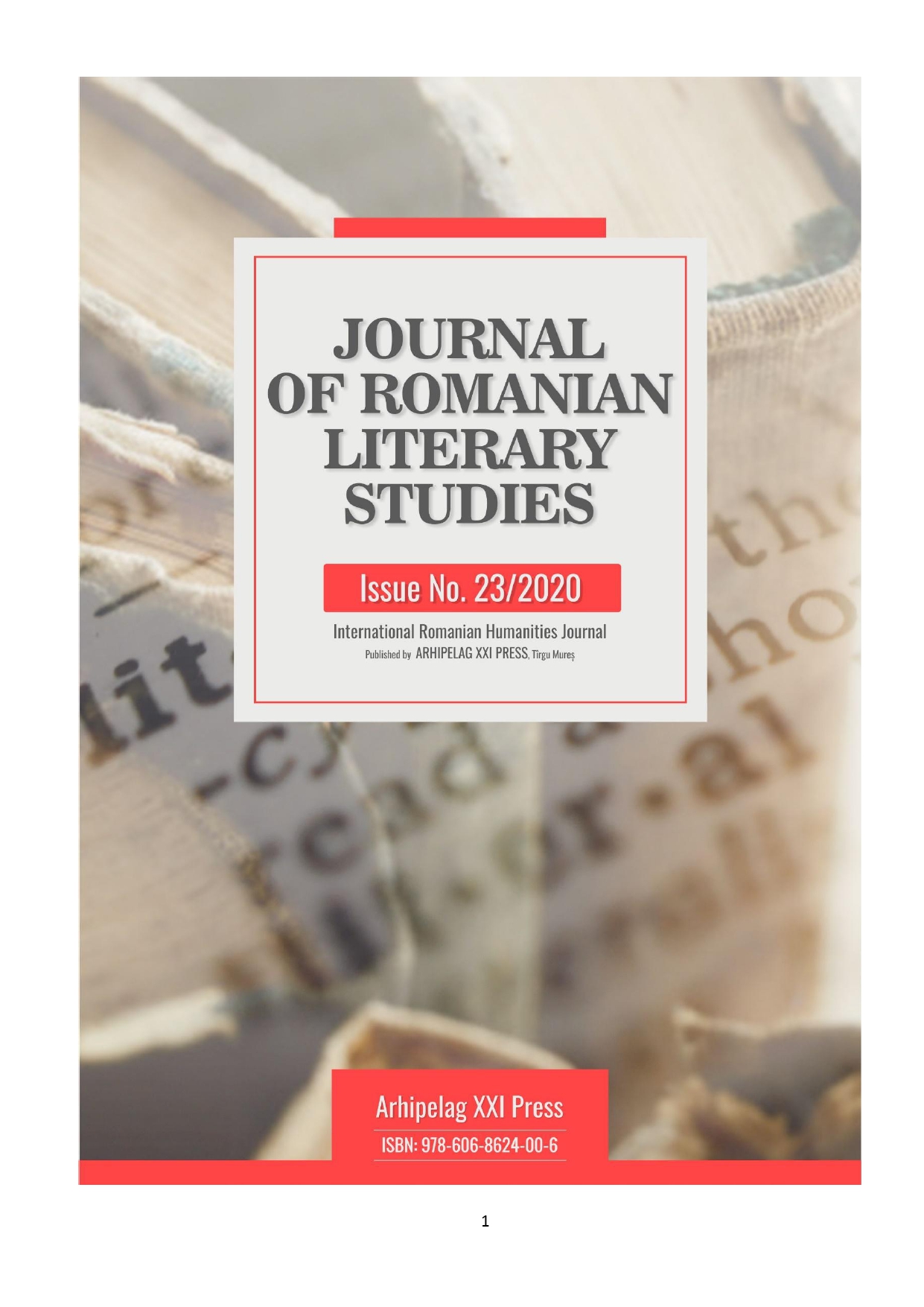
Building a female character from a literary point of view is a difficult process that is a challenge for any writer. With each generation we observe innovations, of style for example, either in the faithful reproduction of the female figure, or in the establishment of new typologies specific to a certain period. The female characters abused in the prose of the 2000s are, more or less, highlighted either through the language that is used in relation to them, or through the physical, or through gestures that affect psychologically, all these, in one form or another, leading to the idea of violence.
More...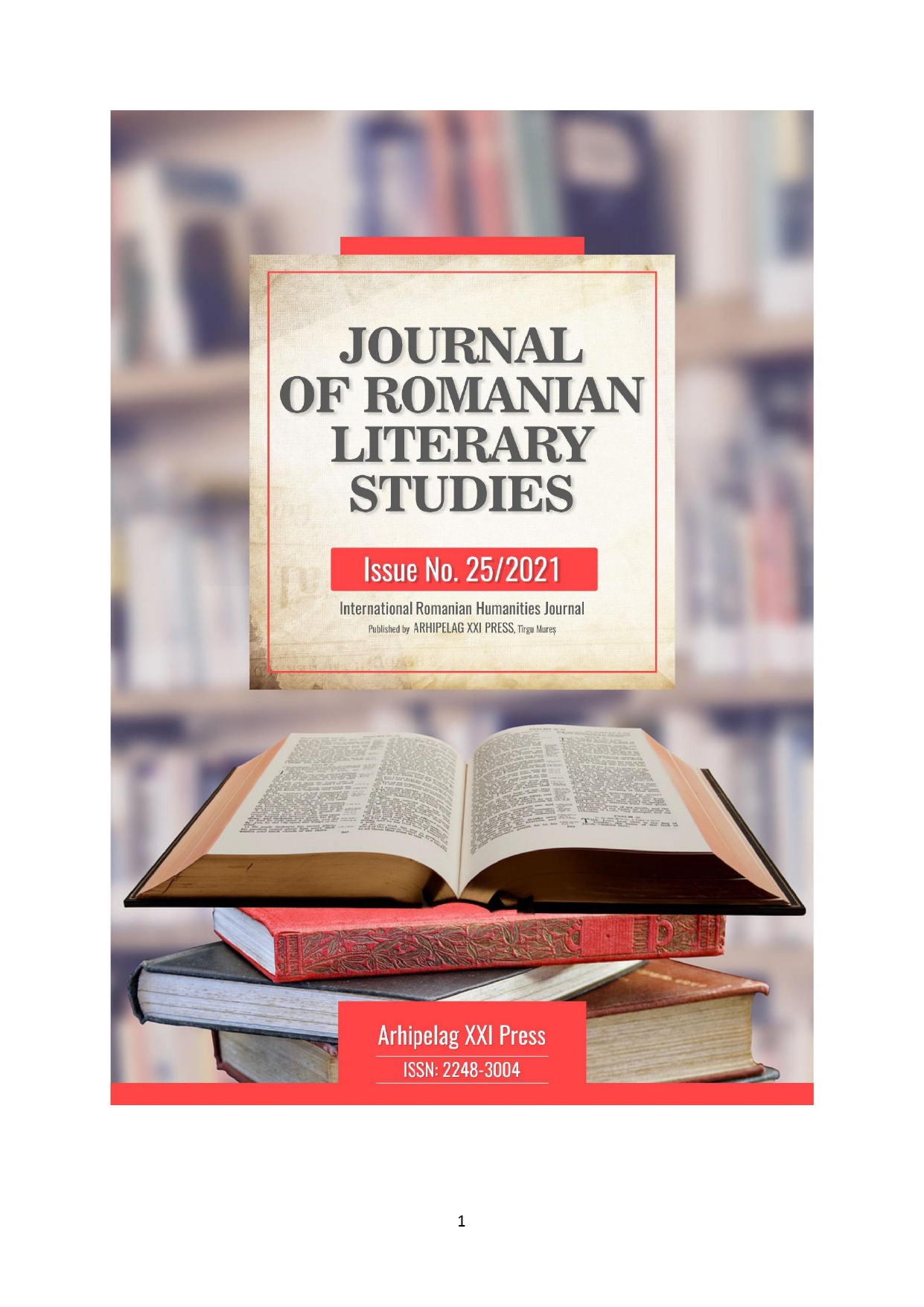
In its essential moments, the respective approach proposes an ample and competent analysis of the modalities of assimilation of the folkloric constituents, with the emphasis placed on the interpretation of the original meanings. Interesting are the author's observations on the functionality of the ethno-folkloric elements passed through the re-contextualization phase; the impact that these elements have on the modern reader; of their importance in the structure of the literary work, in revealing its aesthetic valences. The author investigates the ethno-folkloric constituencies harnessed in the texture of prose by V. Beşleagă. The Bessarabian writer represents the model of well-documented author in the popular mentality secrets, focused to play naturalness and the natural of human existence, using native expressions of peasant, focusing on shenanigans of country life, and experiencing the mythical mysticism, paganism, which, transfigured, creates a state of ineffable alternatively, difficult to grasp the uninitiated. The frequent appeal to the folkloric components in the narrative substance of the literary texts of the 1960s demonstrates the ability of writers to resist through culture, through the phenomenon of preserving the Romanian identity, despite the alienation policy promoted by the party.
More...
The title of the article encompasses three powerful female voices in world literature Unica Zürn, Sylvia Plath, Joanne Greenberg. Having as a start point the sketches and anagrams of the German writer and artist Unica Zürn, the collection of stories, whether we talk of novels, short stories, powerful personal journeys or poems that hide a powerful meaning or a suffering of the author- Hexentexte points out to the labyrinth of the human psyche, that is not to be analyzed, but admired for its unique renderings. Each of the three writers have had a short literary path due to illness or sudden death, however their work becomes the inspiration for young writers, art gives birth to art and the anagram is never fully deciphered.
More...